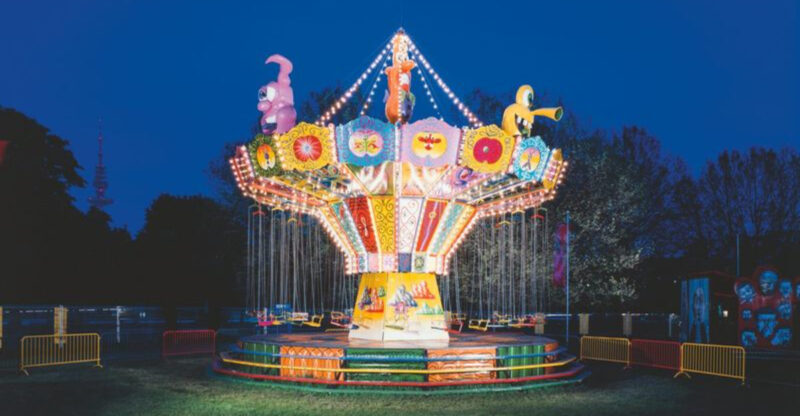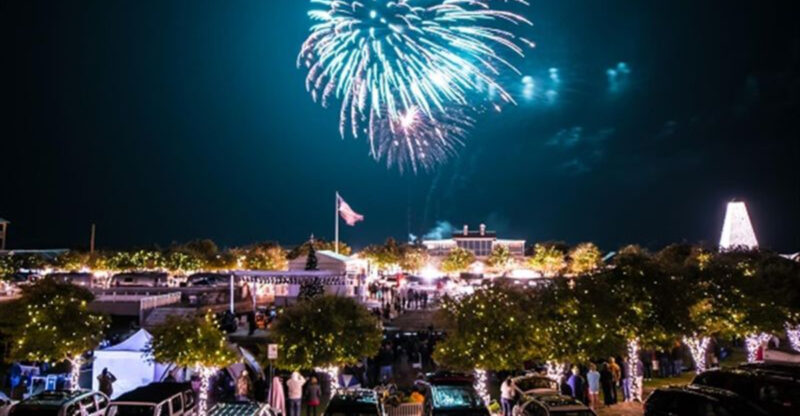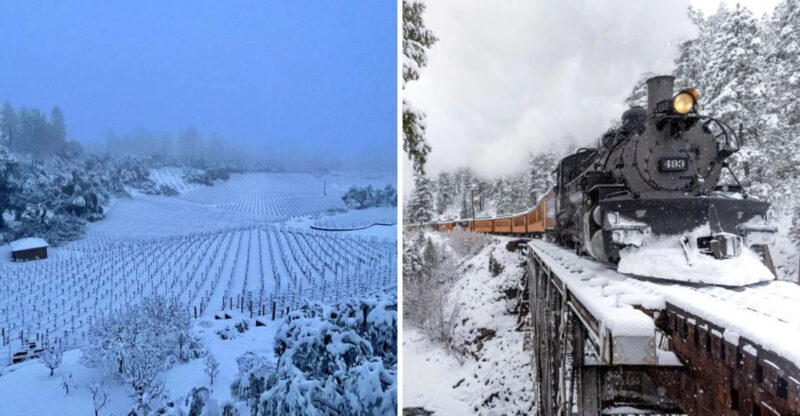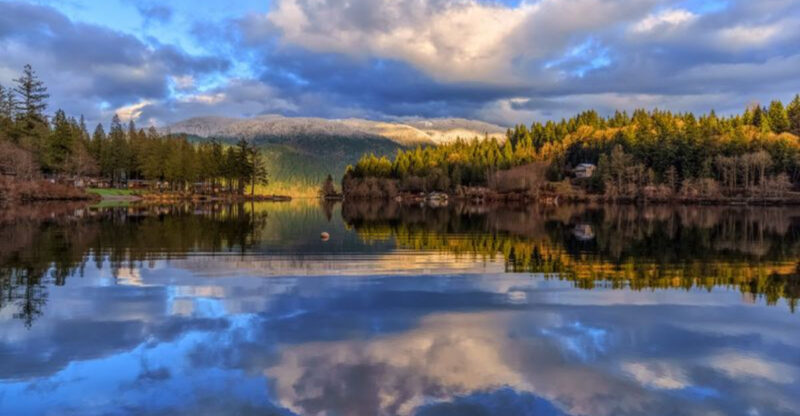12 Coastal Maine Villages Where Time Stands Still
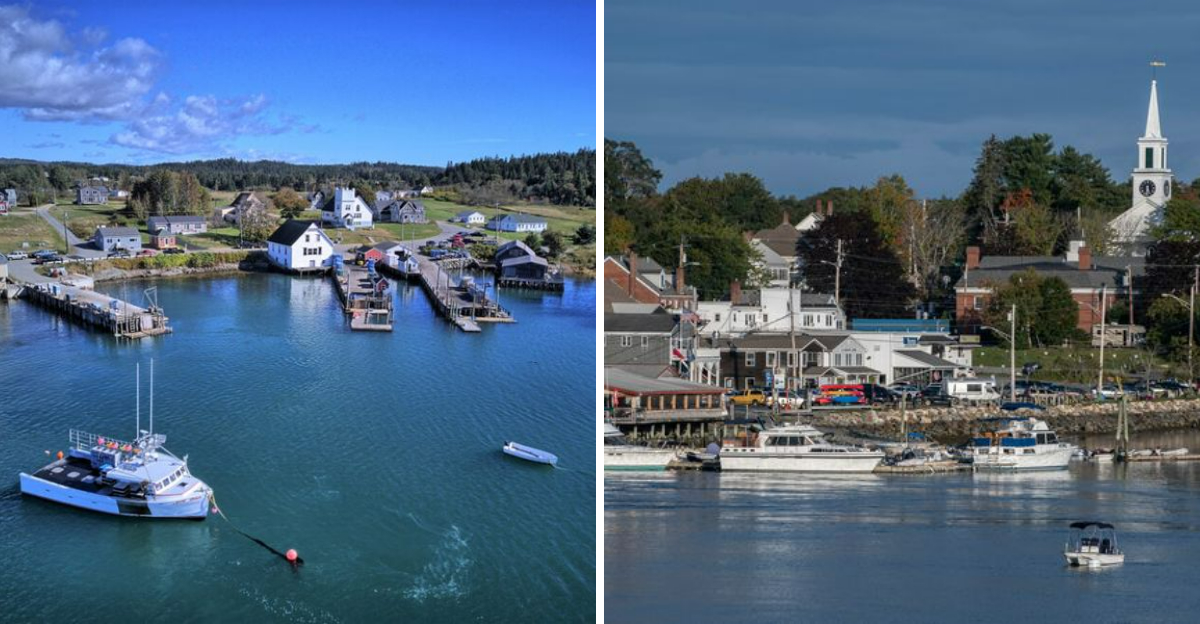
Maine’s rugged coastline harbors charming villages that seem untouched by modern times. These hidden gems preserve New England’s maritime heritage with cobblestone streets, weathered fishing docks, and historic architecture.
I’ve explored these magical places where the pace slows down and traditional coastal life continues much as it has for generations.
1. Wiscasset: The Prettiest Little Village
Red brick buildings and white clapboard houses line the streets of this historic seaport. The town earned its nickname in the 1800s, and locals proudly maintain the charm that inspired it.
I love wandering past the preserved Federal and Colonial homes while breathing in salty air from the Sheepscot River. Don’t miss Red’s Eats, a tiny roadside shack serving legendary lobster rolls since 1938.
2. Stonington: Lobstering Capital
Perched on the southern tip of Deer Isle, Stonington boasts Maine’s largest lobster fleet. The working harbor buzzes with activity as weathered boats unload their daily catch, a scene unchanged for generations.
Walking the granite-lined streets feels like stepping back in time. Fishermen mend traps along the docks while gulls circle overhead. The Opera House, built in 1912, still hosts community events and summer performances.
3. Castine: Naval History Haven
Founded in 1613, this peninsula village has flown under French, Dutch, British, and American flags. Stately sea captains’ homes and elm-lined streets speak to its prosperous maritime past.
Maritime artifacts and colonial relics fill the local historical society. My favorite spot is the town common where cannons still point toward Penobscot Bay. Maine Maritime Academy students in uniform add to the nautical atmosphere of this perfectly preserved coastal gem.
4. Damariscotta: Oyster Paradise
Native Americans left behind massive oyster shell middens along the riverbanks here, evidence of this town’s longtime bounty. Today, the tidal Damariscotta River produces some of the sweetest oysters you’ll ever taste.
Brick storefronts from the 1800s house indie bookshops and local artisans. During my visits, I always stop at the old-fashioned soda fountain at Rexall Drug. The annual Pumpkinfest in October showcases massive gourds transformed into boats for a quirky regatta.
5. Blue Hill: Arts Enclave
Nestled beneath its namesake mountain, this village draws artists and writers seeking inspiration. The 1814 town hall and white church steeple create a classic New England silhouette against the bay.
Organic farms and galleries dot the surrounding countryside. The legacy of Kneisel Hall, America’s first chamber music school, continues with summer concerts that fill the evening air. Blue Hill’s library, housed in a granite building from 1796, remains the heart of this creative community.
6. Jonesport: Authentic Fishing Community
Far from tourist trails, Jonesport offers a glimpse of genuine Down East life. Fourth-generation lobstermen head out before dawn, returning with traps full of Maine’s famous crustaceans.
The regional accent here is thick as fog – locals “pahk the cah” and eat “lobstah.” Wooden boats under construction in backyard shops show traditional boat-building skills passed through generations. The bridge to Beals Island connects two communities where maritime traditions remain the backbone of daily life.
7. Corea: Quintessential Lobstering Hamlet
Immortalized in Louise Dickinson Rich’s writings, Corea feels frozen in the 1950s. Colorful buoys hang from weathered fishing shacks while stacks of traps line the single road through town.
The harbor fills with working boats rather than pleasure craft. Gulls squawk overhead as fishermen swap stories at the co-op. The community’s saltbox homes face the sea, many owned by the same families for generations. Time seems suspended in this authentic coastal hamlet.
8. Rockport: Lime Industry Legacy
Often overshadowed by neighboring Camden, Rockport harbors its own distinct character. The iconic red fishing shack on the harbor, known as Motif #1, has been painted by countless artists.
Limestone quarries once fueled the local economy, with kilns transforming rock into construction material. Now, those same quarries are swimming holes for brave locals. The restored opera house hosts concerts while Maine Media Workshops attracts photographers and filmmakers to this picturesque village.
9. Winter Harbor: Schoodic Peninsula Treasure
Across Frenchman Bay from bustling Bar Harbor sits this tranquil alternative. The less-visited section of Acadia National Park surrounds this working village where fishing remains central to community life.
The 5&10 store on Main Street feels transported from the 1950s. Lobster boats bob in the protected harbor that earned the town its name. Every August, the Lobster Festival brings the community together with boat races and plenty of fresh seafood served with genuine Down East hospitality.
10. Monhegan Island: Artists’ Retreat
Twelve miles offshore and reachable only by boat, Monhegan seems suspended in time. No cars disrupt the peace – just footpaths winding between shingled cottages and stunning ocean cliffs.
Artists have flocked here since the late 1800s, drawn by dramatic light and rugged landscapes. The island’s year-round population of about 65 swells during summer. I love watching lobstermen haul traps in the harbor while hikers explore 17 miles of wilderness trails through spruce forests.
11. Lubec: Easternmost Village
Standing at the edge of America, Lubec marks our easternmost point. The candy-striped West Quoddy Head lighthouse welcomes the nation’s first sunrise each morning.
Victorian buildings line Water Street, remnants of sardine-canning prosperity. The narrow bridge to Campobello Island connects to Canada and FDR’s summer home. Bold tides rise and fall dramatically in the Bay of Fundy, revealing and concealing the ocean floor twice daily – nature’s clock marking time in this remote frontier village.
12. Searsport: Sea Captain Heritage
More sea captains hailed from Searsport than any other American town during the Age of Sail. Their magnificent homes line Route 1, many now serving as bed and breakfasts where maritime treasures fill every room.
The Penobscot Marine Museum preserves this seafaring legacy with model ships and navigation instruments. Shipbuilding traditions continue at the working waterfront. Antique shops overflow with nautical artifacts, letting visitors take home a piece of Maine’s maritime past from this living museum of a village.

